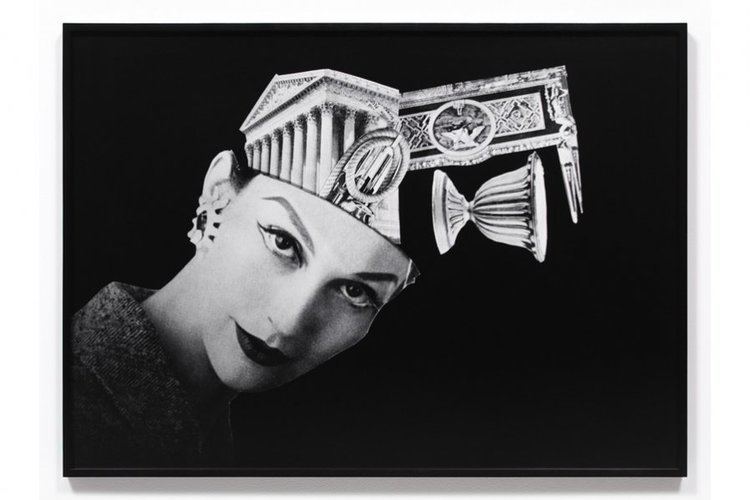Name Stan Vanderbeek | Role Filmmaker | |
Died September 19, 1984, Columbia, Maryland, United States Movies Science Friction, Breathdeath, Poemfield No. 2, Symmetricks Children Sara VanDerBeek, Johannes Vanderbeek Education Black Mountain College, Cooper Union Awards Guggenheim Fellowship for Creative Arts, US & Canada Similar People Sara VanDerBeek, Johannes Vanderbeek, Pip Chodorov, Buster Keaton | ||
Marc Sober Interview Part 3: John Waters and Stan VanDerBeek -- Baltimore Film History Series
Stan VanDerBeek (January 6, 1927 – September 19, 1984) was an American experimental filmmaker.
Contents
- Marc Sober Interview Part 3 John Waters and Stan VanDerBeek Baltimore Film History Series
- Science friction stan vanderbeek
- Life
- References

Science friction stan vanderbeek
Life

VanDerBeek studied art and architecture first at Cooper Union College in New York and then at Black Mountain College in North Carolina, where he met architect Buckminster Fuller, composer John Cage, and choreographer Merce Cunningham. VanDerBeek began his career in the 1950s making independent art film while learning animation techniques and working painting scenery and set designs for the American TV show, Winky Dink and You. His earliest films, made between 1955 and 1965 mostly consist of animated paintings and collage films, combined in a form of organic development.
VanDerBeek's ironic compositions were created very much in the spirit of the surreal and dadaist collages of Max Ernst, but with a wild, rough informality more akin to the expressionism of the Beat Generation. In the 1960s, VanDerBeek began working with the likes of Claes Oldenburg and Allan Kaprow, as well as representatives of modern dance, such as Merce Cunningham and Yvonne Rainer. Building his Movie Drome theater at Stony Point, New York, at just about the same time, he designed shows using multiple projectors. The Movie Drome was a grain silo dome which he turned into his ‘infinite projection screen’. Visitors entered the dome through a trap-door in the floor, and were encouraged after entering to spread out over the floor and lie with their feet pointing towards the centre. Once inside, the audience experienced a dynamic inter-dispersal of movies and images around them, created by over a dozen slide and film projectors filling the concave surface with a dense collage of moving imagery. These presentations contained a very great number of random image sequences and continuities, with the result that none of the performances were alike.

His desire for the utopian led him to work with Ken Knowlton in a co-operation at Bell Labs, where dozens of computer animated films and holographic experiments were created by the end of the 1960s. Between 1964 and 1967 Vanderbeek created Poem Field, a series of 8 computer-generated animations with Ken Knowlton.
During the same period, he taught at many universities, researching new methods of representation, from the steam projections at the Guggenheim Museum to the interactive television transmissions of his Violence Sonata broadcast on several channels in 1970. He ran the University of Maryland, Baltimore County visual arts program until his death.
His daughter is artist Sara VanDerBeek.
